Multiple pathways of recombination induced by double-strand breaks in Saccharomyces cerevisiae
- PMID: 10357855
- PMCID: PMC98970
- DOI: 10.1128/MMBR.63.2.349-404.1999
Multiple pathways of recombination induced by double-strand breaks in Saccharomyces cerevisiae
Abstract
The budding yeast Saccharomyces cerevisiae has been the principal organism used in experiments to examine genetic recombination in eukaryotes. Studies over the past decade have shown that meiotic recombination and probably most mitotic recombination arise from the repair of double-strand breaks (DSBs). There are multiple pathways by which such DSBs can be repaired, including several homologous recombination pathways and still other nonhomologous mechanisms. Our understanding has also been greatly enriched by the characterization of many proteins involved in recombination and by insights that link aspects of DNA repair to chromosome replication. New molecular models of DSB-induced gene conversion are presented. This review encompasses these different aspects of DSB-induced recombination in Saccharomyces and attempts to relate genetic, molecular biological, and biochemical studies of the processes of DNA repair and recombination.
Figures


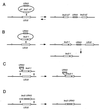


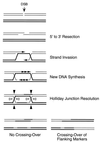
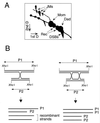
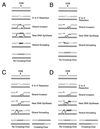
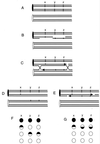

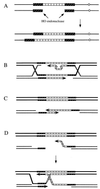



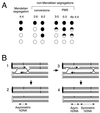
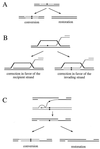
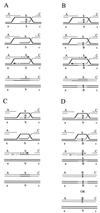
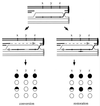
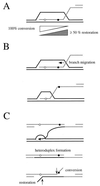

References
Publication types
MeSH terms
Substances
LinkOut - more resources
Full Text Sources
Other Literature Sources
Molecular Biology Databases
Miscellaneous

